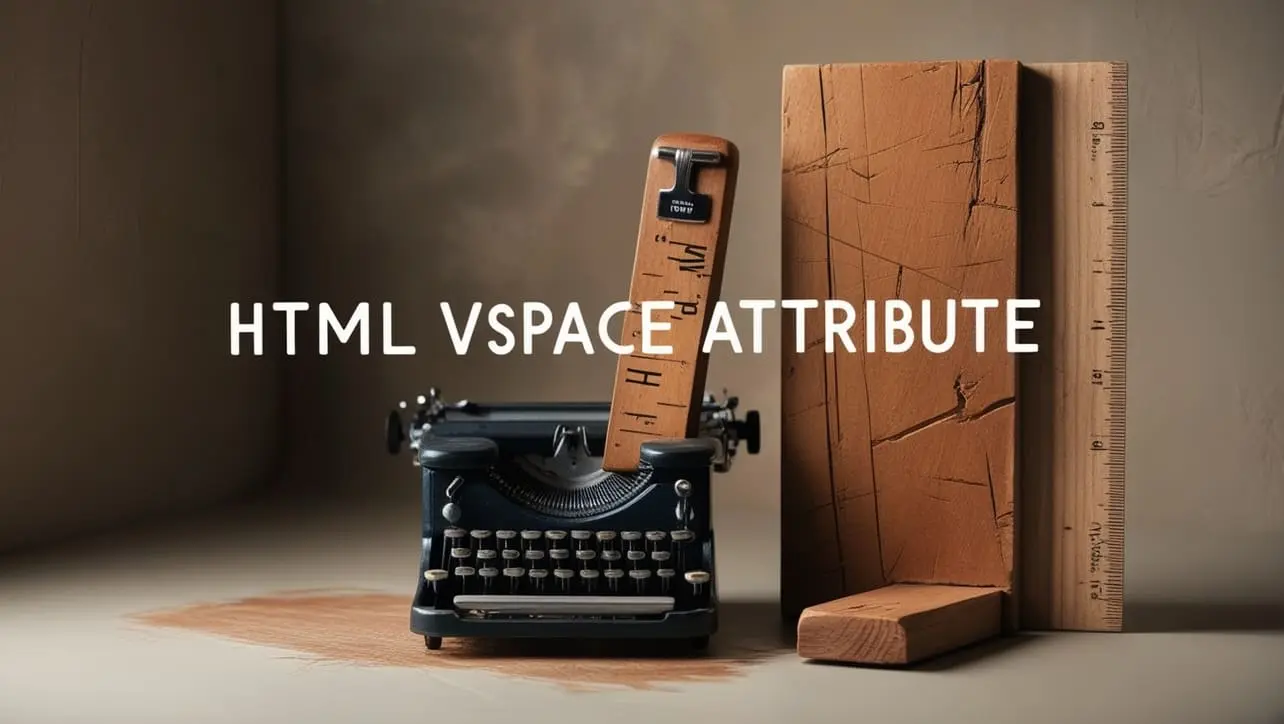
HTML Topics
- HTML Intro
- HTML Basic
- HTML Editors
- HTML CSS
- HTML Tags
- HTML Deprecated Tags
- HTML Events
- HTML Event Attributes
- HTML Global Attributes
- HTML Attributes
- abbr
- accept
- accept-charset
- accesskey
- action
- align
- alt
- archive
- as
- async
- autocapitalize
- autocomplete
- autofocus
- autoplay
- axis
- bgcolor
- border
- cellpadding
- cellspacing
- char
- charoff
- charset
- checked
- cite
- class
- classid
- codebase
- codetype
- color
- cols
- colspan
- compact
- content
- contenteditable
- controls
- coords
- crossorigin
- data
- data-*
- datetime
- declare
- default
- defer
- dir
- dirname
- disabled
- download
- draggable
- enctype
- enterkeyhint
- for
- form
- formaction
- formenctype
- formmethod
- formnovalidate
- formtarget
- frame
- frameborder
- frameset
- headers
- height
- hidden
- high
- href
- hreflang
- hspace
- http-equiv
- id
- inert
- inputmode
- ismap
- kind
- label
- lang
- list
- loop
- low
- max
- maxlength
- media
- method
- min
- multiple
- muted
- name
- novalidate
- onabort
- onafterprint
- onbeforeprint
- onbeforeunload
- onblur
- oncanplay
- oncanplaythrough
- onchange
- onclick
- oncontextmenu
- oncopy
- oncuechange
- oncut
- ondblclick
- ondrag
- ondragend
- ondragenter
- ondragleave
- ondragover
- ondragstart
- ondrop
- ondurationchange
- onemptied
- onended
- onerror
- onfocus
- onhashchange
- oninput
- oninvalid
- onkeydown
- onkeypress
- onkeyup
- onload
- onloadeddata
- onloadedmetadata
- onloadstart
- onmousedown
- onmousemove
- onmouseout
- onmouseover
- onmouseup
- onmousewheel
- onoffline
- ononline
- onpagehide
- onpageshow
- onpaste
- onpause
- onplay
- onplaying
- onpopstate
- onprogress
- onratechange
- onreset
- onresize
- onscroll
- onsearch
- onseeked
- onseeking
- onselect
- onstalled
- onstorage
- onsubmit
- onsuspend
- ontimeupdate
- ontoggle
- onunload
- onvolumechange
- onwaiting
- onwheel
- open
- optimum
- pattern
- placeholder
- popover
- popovertarget
- popovertargetaction
- poster
- preload
- readonly
- rel
- required
- reversed
- rows
- rowspan
- sandbox
- scope
- selected
- shape
- size
- sizes
- span
- spellcheck
- src
- srcdoc
- srclang
- srcset
- start
- step
- style
- tabindex
- target
- title
- translate
- type
- usemap
- value
- width
- wrap
- HTML Comments
- HTML Entity
- HTML Head
- HTML Form
- HTML IndexedDB
- HTML Drag & Drop
- HTML Geolocation
- HTML Canvas
- HTML Status Code
- HTML Language Code
- HTML Country Code
- HTML Charset
- MIME Types
HTML vspace Attribute

Photo Credit to CodeToFun
🙋 Introduction
The vspace attribute in HTML was historically used to specify the vertical space, in pixels, above and below an <img> element.
Although it is now considered obsolete and has been replaced by CSS for better control and flexibility, understanding its usage can be helpful when dealing with legacy code.
🎯 Purpose of vspace Attribute
The vspace attribute was designed to provide vertical spacing around images within an HTML document. This attribute helped to control the layout and appearance of web pages by adding extra space above and below the image, improving readability and visual aesthetics.
💎 Values
The vspace attribute accepts numerical values that represent the number of pixels to be used as vertical space. For example:
- 0: No additional space above or below the image.
- 10: Adds 10 pixels of space above and below the image.
Here is an example:
<img src="image.jpg" alt="Sample Image" vspace="10">🧠 How it Works
In this example, the vspace attribute adds 10 pixels of vertical space above and below the image.
📄 Implementation Example:
Since the vspace attribute is obsolete, modern web development practices recommend using CSS for vertical spacing. Here is how you might achieve similar results using CSS:
Using vspace Attribute (Obsolete)
<img src="image.jpg" alt="Sample Image" vspace="20">Using CSS (Recommended)
<img src="image.jpg" alt="Sample Image" style="margin-top: 20px; margin-bottom: 20px;">🧠 How it Works
The CSS approach provides more flexibility and is the standard method for controlling layout in modern web development.
🔄 Dynamic Values with JavaScript
You can dynamically set the vertical spacing around an image using JavaScript and CSS. This is useful for creating responsive designs and adjusting the layout based on user interactions or other conditions.
<img id="dynamicImage" src="image.jpg" alt="Sample Image">
<script>
// Dynamically set vertical spacing using JavaScript
document.getElementById("dynamicImage").style.marginTop = "30px";
document.getElementById("dynamicImage").style.marginBottom = "30px";
</script>🧠 How it Works
In this script, the vertical space above and below the image is set to 30 pixels using JavaScript. This method offers greater control and can be adjusted dynamically as needed.
🏆 Best Practices
- Avoid using obsolete HTML attributes like vspace. Instead, use CSS to control the layout and spacing of elements.
- For vertical spacing around images, use the margin-top< /span> and margin-bottom CSS properties.
- Always test your web pages across different browsers to ensure consistent appearance and functionality.
🎉 Conclusion
While the vspace attribute was once a useful tool for adding vertical space around images in HTML, it has been deprecated in favor of more flexible and powerful CSS methods.
By using CSS and JavaScript, you can achieve precise control over the layout and enhance the visual appeal of your web pages.
👨💻 Join our Community:
Author

For over eight years, I worked as a full-stack web developer. Now, I have chosen my profession as a full-time blogger at codetofun.com.
Buy me a coffee to make codetofun.com free for everyone.
Buy me a Coffee












If you have any doubts regarding this article (HTML vspace Attribute), please comment here. I will help you immediately.